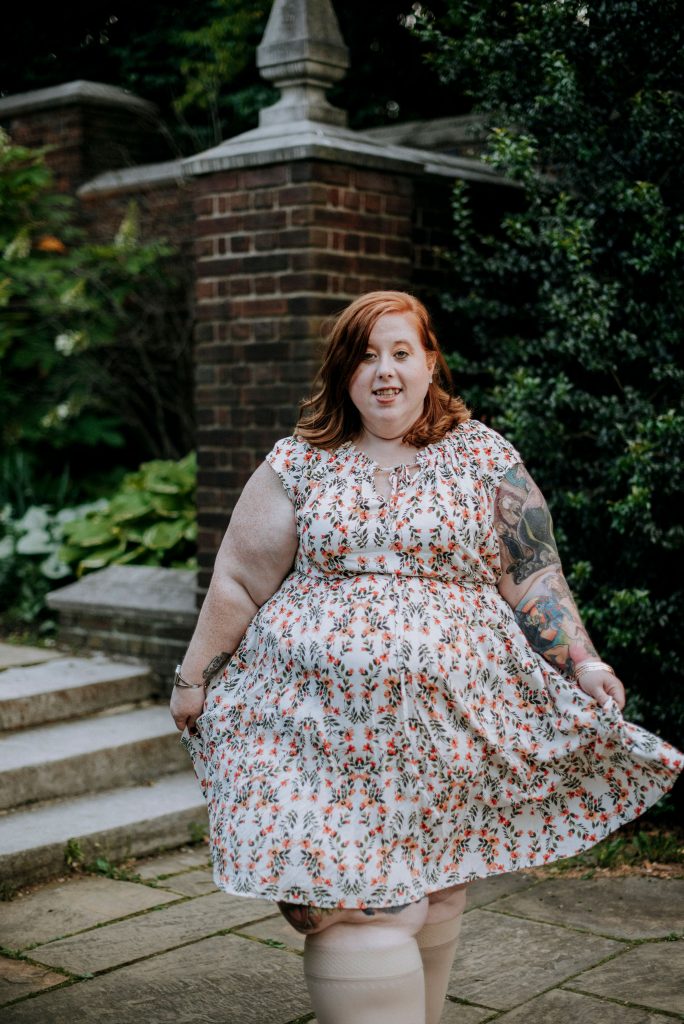The female body is sexually penetrative in its very nature. The skin forms a protective layer, but this can only protect so much. The argument that our skin should not be blemished is a prominent one. Tattooing a woman’s skin is a way of reclaiming it, in its purest form it is naked and sexually accessible, and tattooing is a way of gaining control. It is power. However, some might suggest that the act of tattooing is, in fact, tarnishing it.
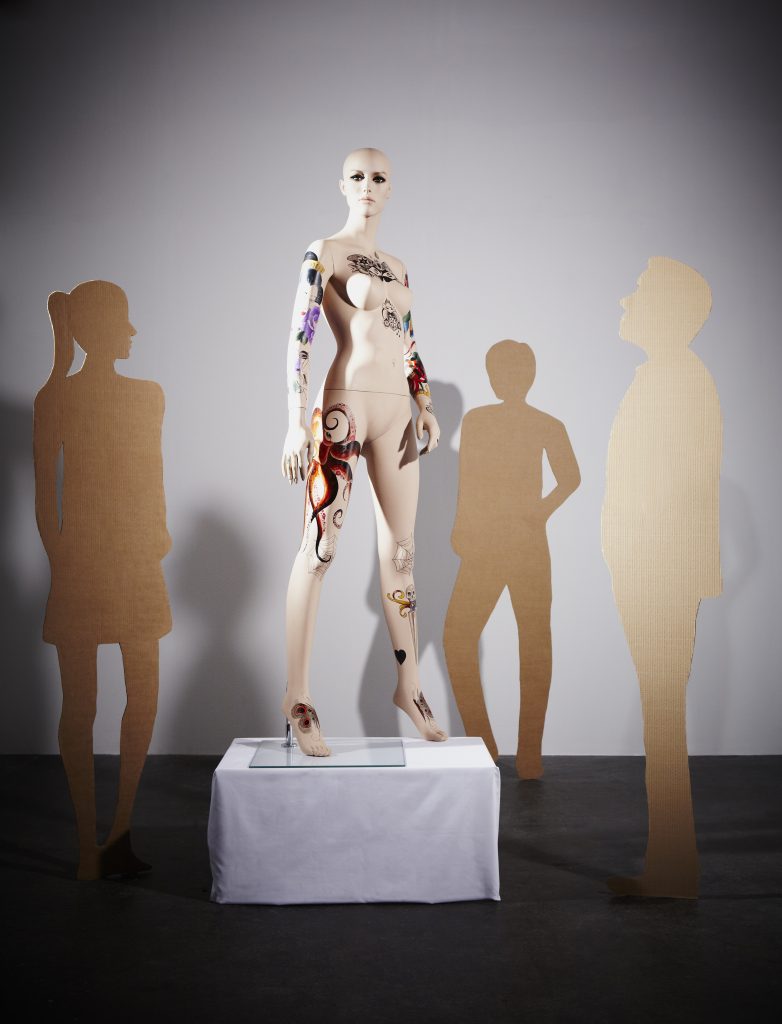
Perceptions of tattooed women have always suggested sexual promiscuity and over-confidence, and over time this has become a negative way of viewing these traits. We still view female confidence with an irrational disdain. By those who aren’t within the tattoo community, tattoos are often associated with masculine men, sailors and bikers. It’s certainly how my parents view them. They’re for tough guys. Feminine tattooing breaks these boundaries and The Tattooed Lady performing in freak shows personifies the shock, or horror, of tattooed women in society.
Albert Parry, author of the 1933 book Tattoos; Secrets of a Strange Art, describes a rape case in late-1920s Boston in which the prosecutor, on realising that the woman he was defending had a tattoo, dropped the case. The judge and jury released the two men who raped her on the grounds that they had been misled by the butterfly on her leg. The defendant herself was put on trial, and her tattoo was seen as evidence of her guilt.
This seems to be a theme throughout the history of tattoos on women. Judgement and sexualisation are part of the process. Whether this is due to society’s ideological restraints on women, or whether the act of getting tattooed is depicted as a practice meant for “those at sea and criminals” alone, is uncertain. What is clear, however, is that in the world of two minorities – those with tattoos and women – face criticism at the hand of others.
It is rarely considered that women don’t get tattooed in order to challenge traditional feminism, but instead to enforce it. Common themes in female based tattoo art are butterflies, flowers and gentle animals; symbols of rebirth, and fertility. Instead of defying their sexuality, women can enforce it.
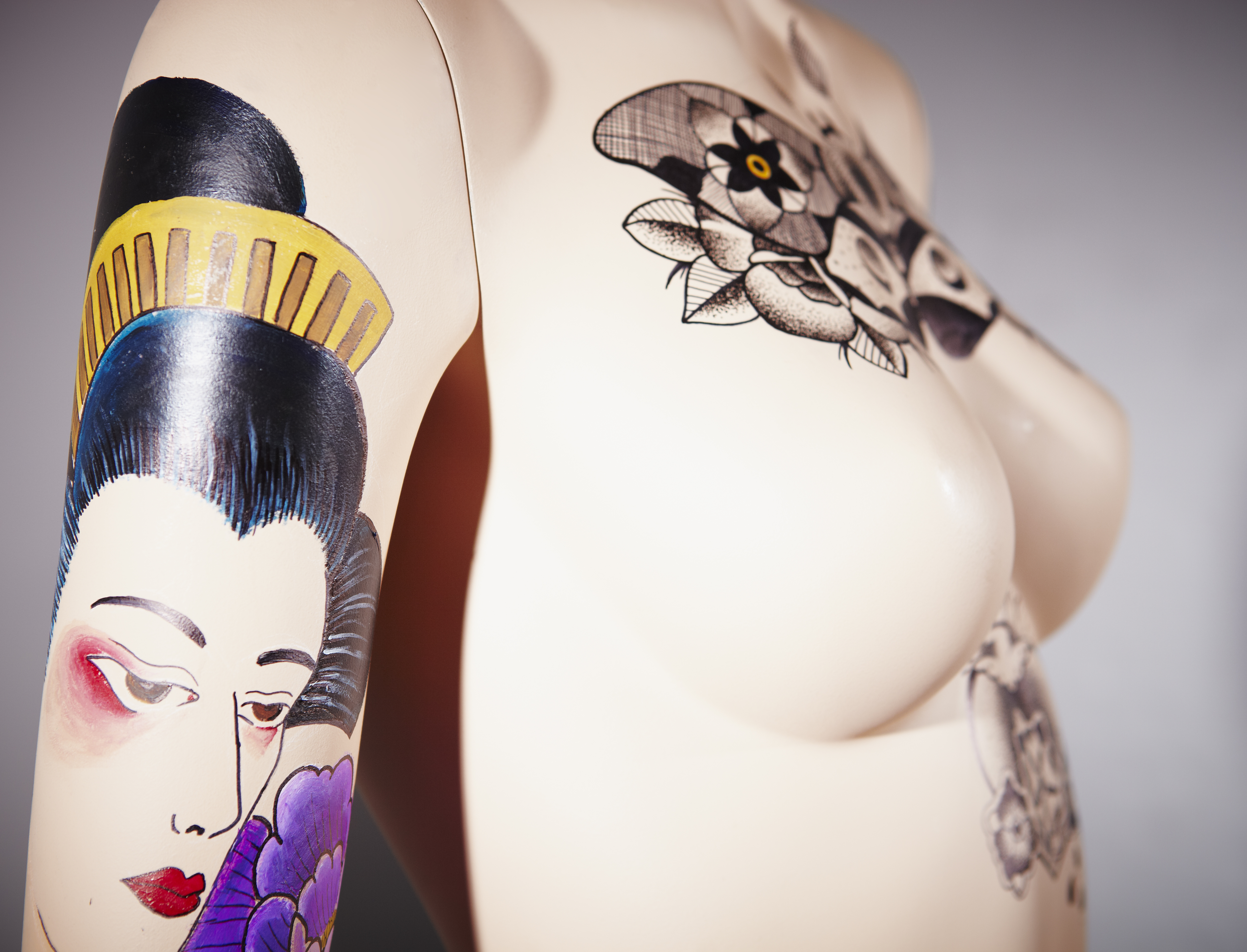
Tattooing is a fantastic way for women to reclaim control over their bodies, but even the freedom they gain from their tattoos can be culturally written over. For instance, who hasn’t been told that they were, “such a beautiful girl” prior to having their tattoos and who hasn’t faced the implication they are ruining their body? These comments, although sometimes well-meant, once again take away the attempt at personal freedom and expression by the female involved. According to the Sociology MA thesis of A. Ellerbrok, “While 65% of the male tattooees indicated that their family members have reacted positively to their tattoo(s), only 36% of female tattooees indicated the same.”
Women have pioneered the use of tattoos to reclaim their bodies from traumatic experiences, including disease and abuse. Recently, women recovering from breast cancer have sought tattoos, both to create a new aesthetic for mastectomy scars and to express the devastating effects of the disease. Tattoo artist Sasha Merritt, based at Dragonfly Custom Ink in San Francisco, recognises the importance of tattooing in the healing process for women who have mastectomy scars and advertises a special rate for survivors.
The concept of the wild female is underpinned by the implicit understanding that to tattoo one’s female body with apparent ‘male’ body art, in regards to imagery, size, or location, is to take part in an irreversible act of destruction in relation to femininity. The attitude that a woman is “desecrating her beautiful body by marking it with something that’s not feminine” is stated by a participant in an interview conducted with A. Ellerbrok for her thesis. Another said, “Honestly, if I see a woman with a lot of tattoos I think oh my god what was she thinking, she barely looks like a girl anymore”. The latter participant was a woman.
The sexualisation of female tattoos has always been embedded in these stereotypical concepts, and has once again become a hotbed for debate. With the rise of Suicide Girls, and the origin of feminine tattoos being with circus performers, it’s clear that tattoos on women are heavily sexualised: the small costumes and flaunting of their bodies has secured this. After all, the tattooed lady wouldn’t be so shocking if you couldn’t see her tattoos.
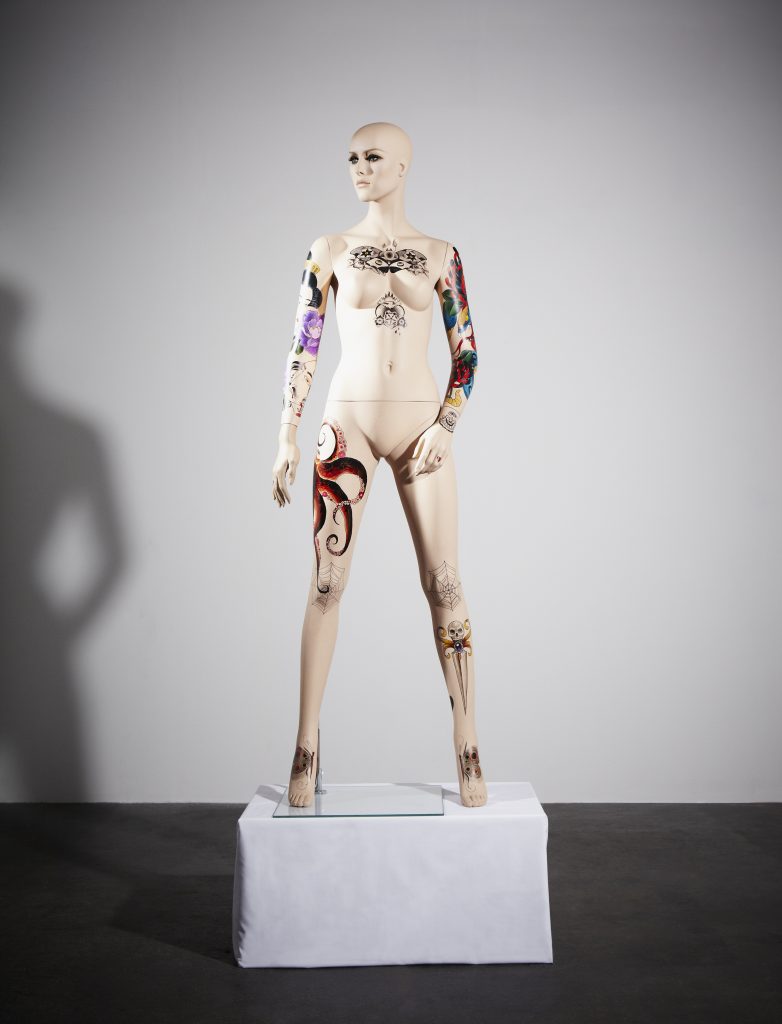
It’s interesting to note, however, that not all women baring tattoos are flaunting them intentionally. For instance, within the fetish community women with tattoos are common, but that is a separate part of their personality not a requirement of their job, perhaps just a reflection on the subculture itself.
An overview of the literature on female tattooing and sexuality suggests that the tattooed female is both interpreted and performed in the context of a highly sexualised media and advertisement-saturated society. According to radical feminist Joan Jacobs Brumberg in An Intimate History of American Girls (1997) we live in “a culture of unrelenting objectification where women’s bodies are used to sell everything” – even children’s toys such as the tattooed Barbie doll. This reflects the extent to which the sexualised female tattoo has become a normalised consumer image within mainstream society. Despite this image, tattoos are still associated with negative sexualisation, for example, the slang term for a lower back tattoo is the Tramp Stamp.
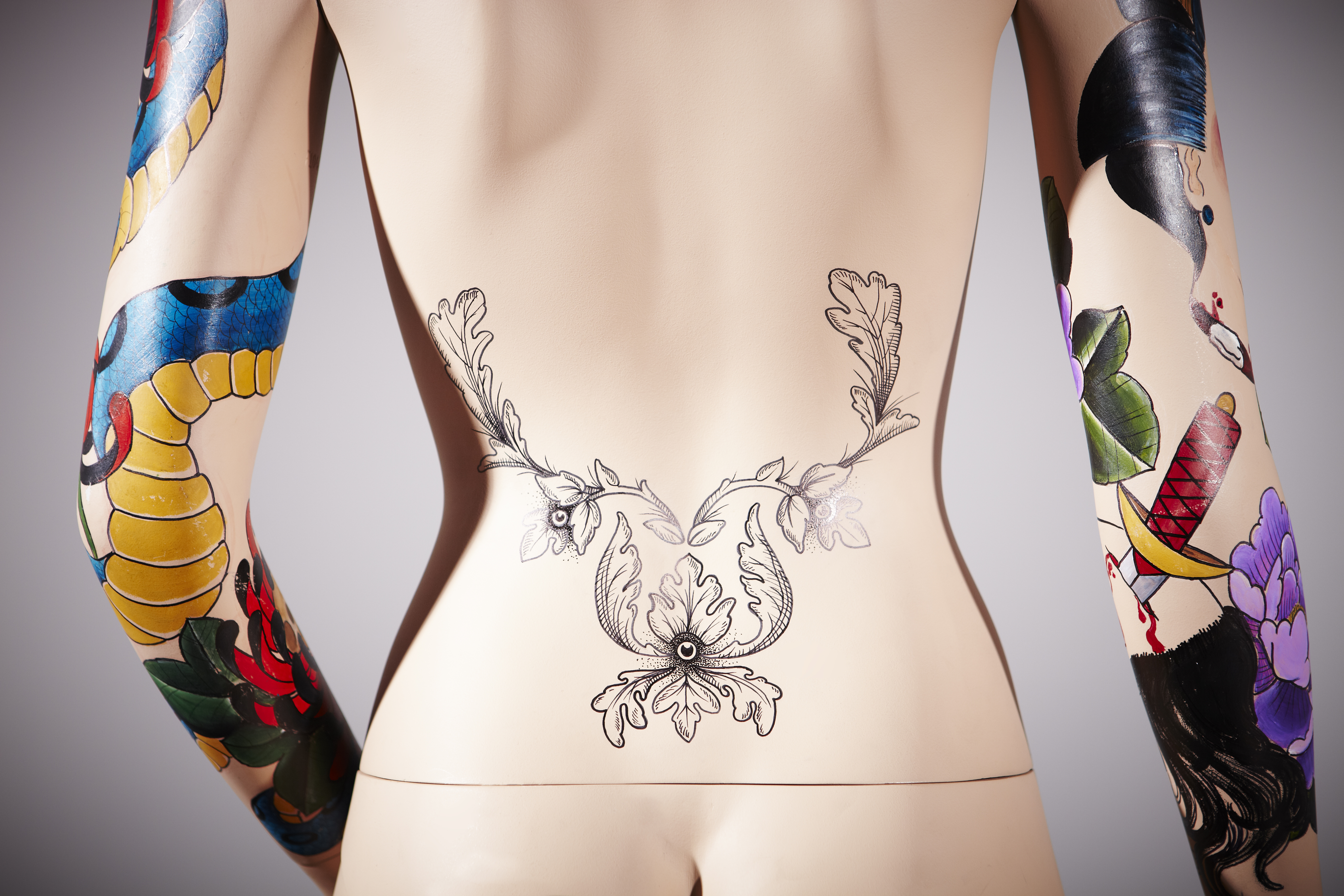
The clearest example of the sexualisation of women bearing tattoos is the popularity of Suicide Girls, the online forum dedicated to those who live an alternative lifestyle. The website is now a worldwide phenomena; there are a huge number of paid models and an even larger number of paying subscribers, they sell merchandise and are a massive, successful company in their own right. What started off as a way of connecting is now a business, and they have grown from 200 models in 2004 to a huge 2,000 models in 2012 [update: there are now more than 3,000]. Everyone wants to be a Suicide Girl. They highlight the alternative lifestyle, and the beauty of a feminine and often tattooed scene. Sadly, the site chooses to highlight their differences with erotic photo sets, perpetuating the image of the tattooed lady being the easy-to-screw lady. What began with the intention of celebrating the uniquely beautiful has turned into a standardised erotic website with pictures of tattooed women. They tried so hard to be different that they set a new bar for conformity.
Words by Kelli Savill, first published in The Face Issue of Things & Ink which was published in 2013. Mannequin tattooed by El Bernardes, Dominique Holmes and Inma. Photos by Kristy Noble.
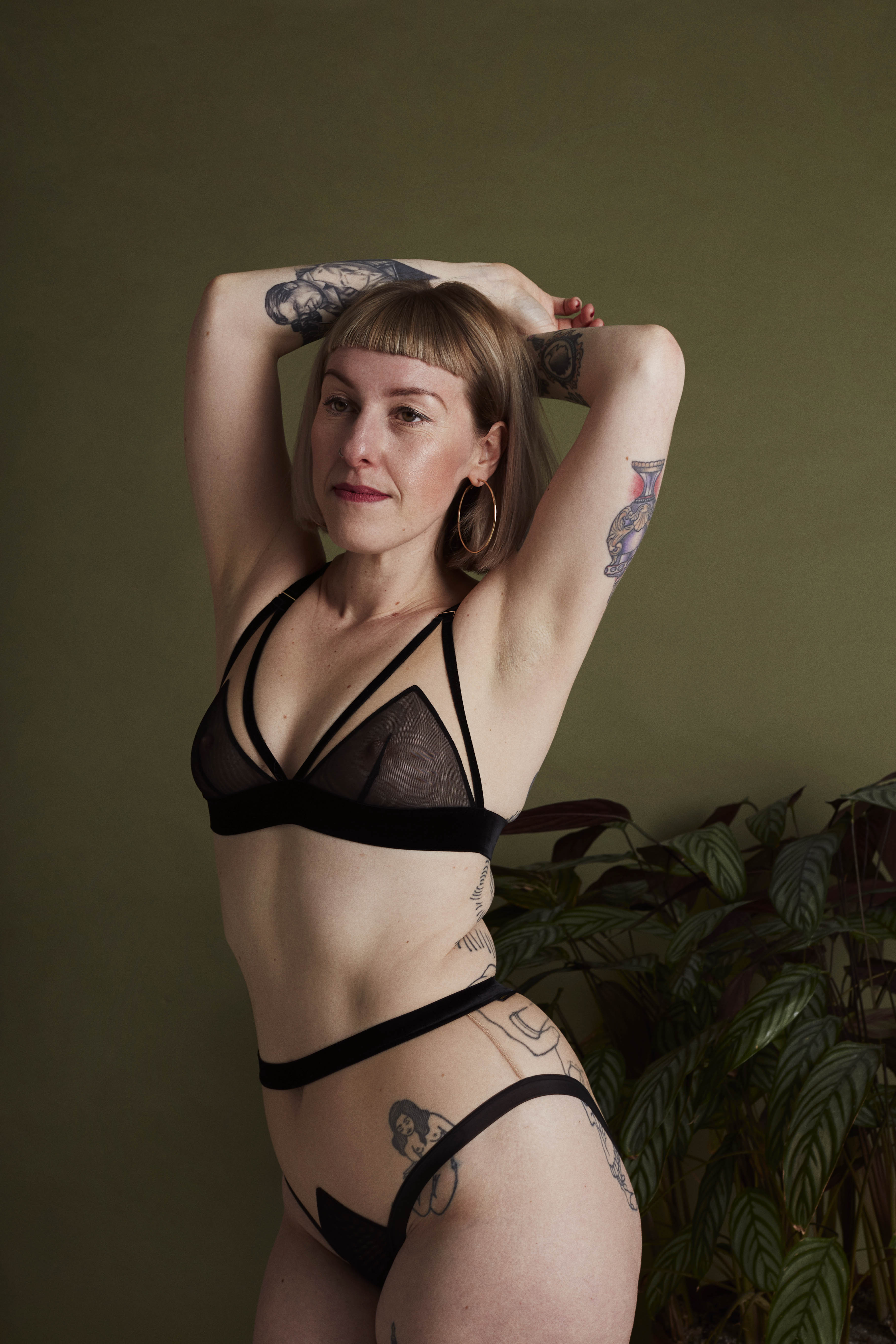
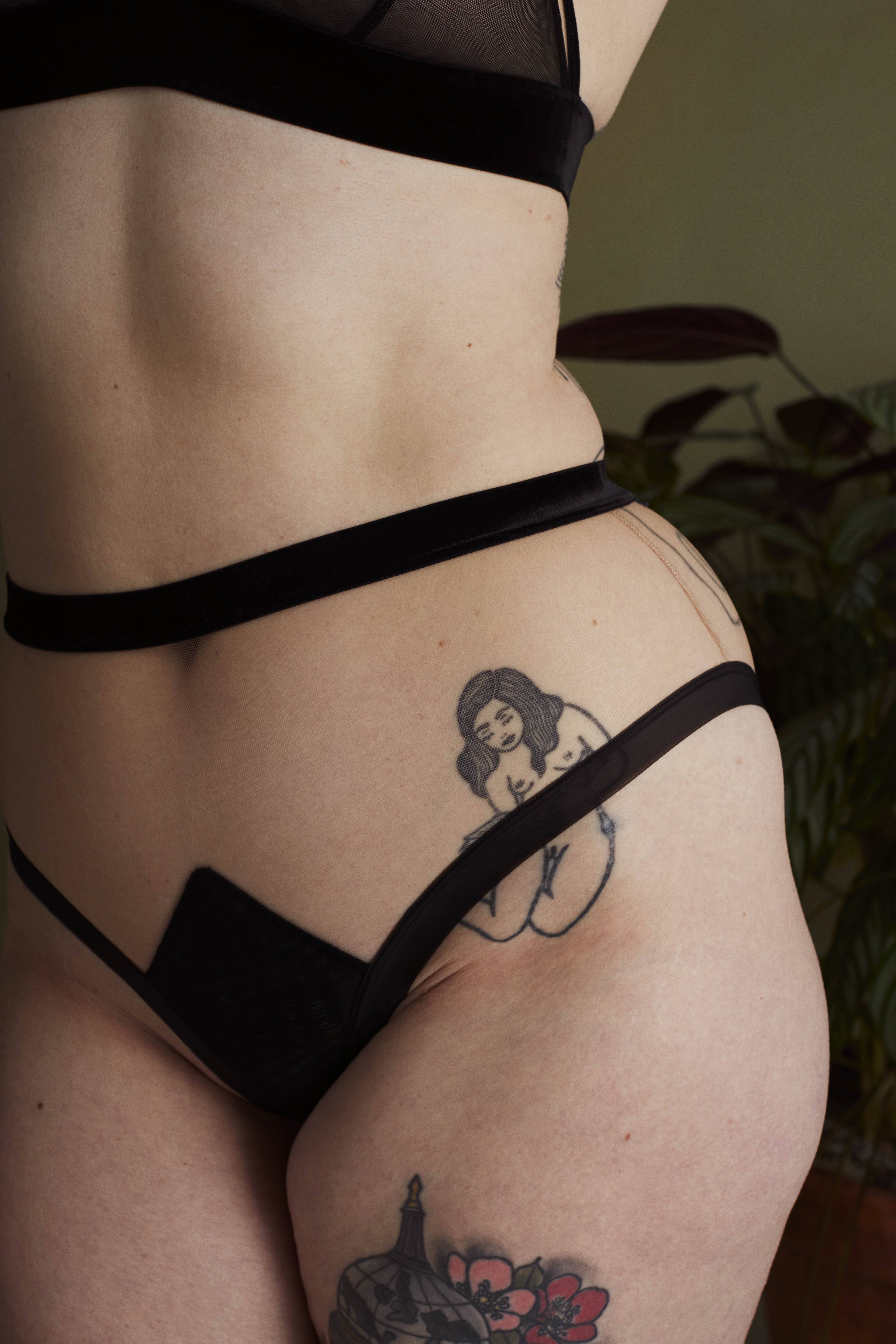
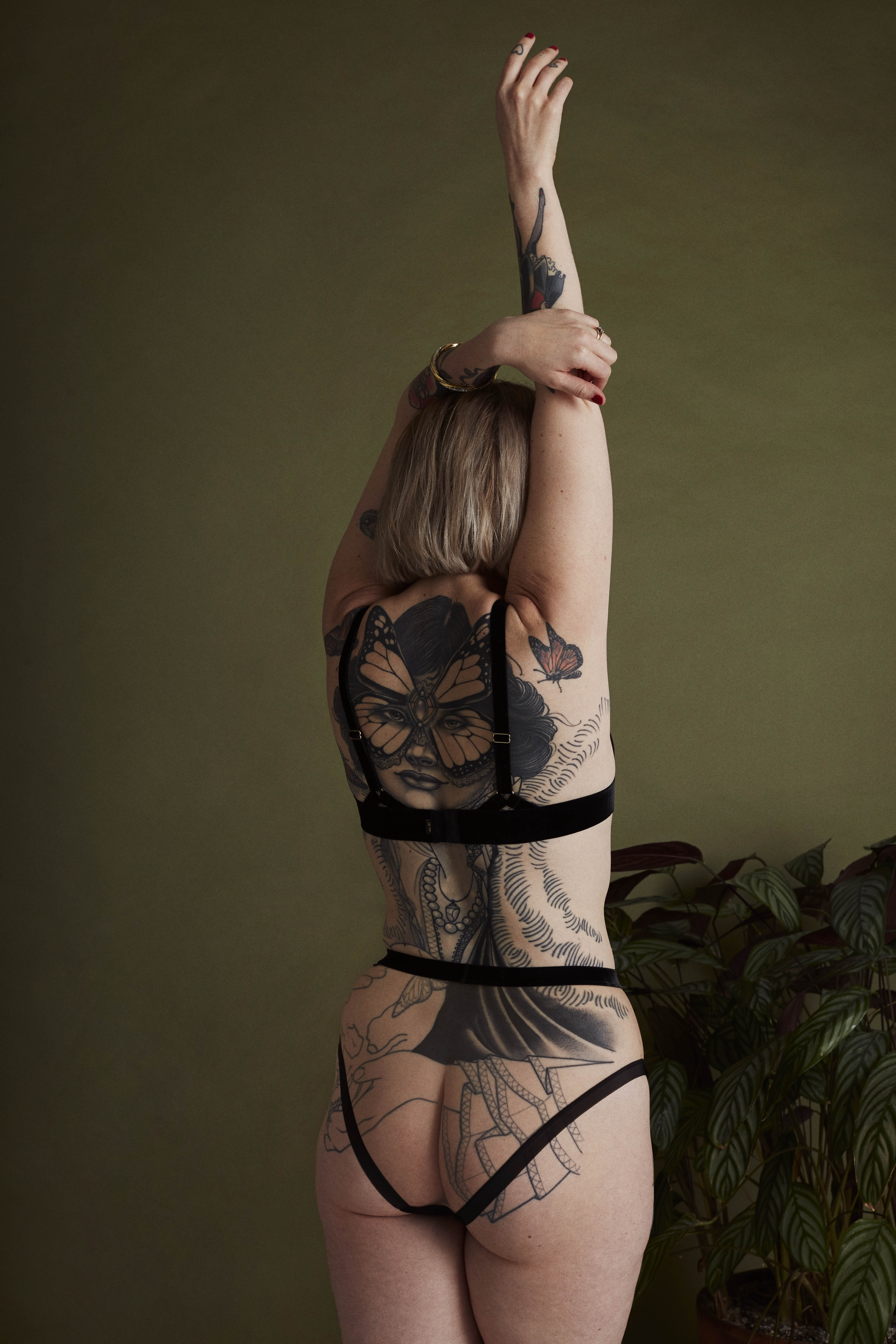
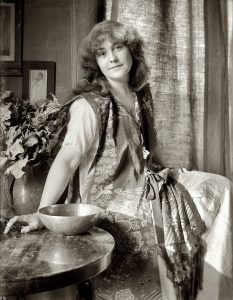 Rose O’Neill first illustrated Kewpie dolls to be featured in the Ladies’ Home Journal, and they swiftly became extremely popular. Born in Germany, their name derived from the word “Cupid”, for the Roman God of beauty.
Rose O’Neill first illustrated Kewpie dolls to be featured in the Ladies’ Home Journal, and they swiftly became extremely popular. Born in Germany, their name derived from the word “Cupid”, for the Roman God of beauty.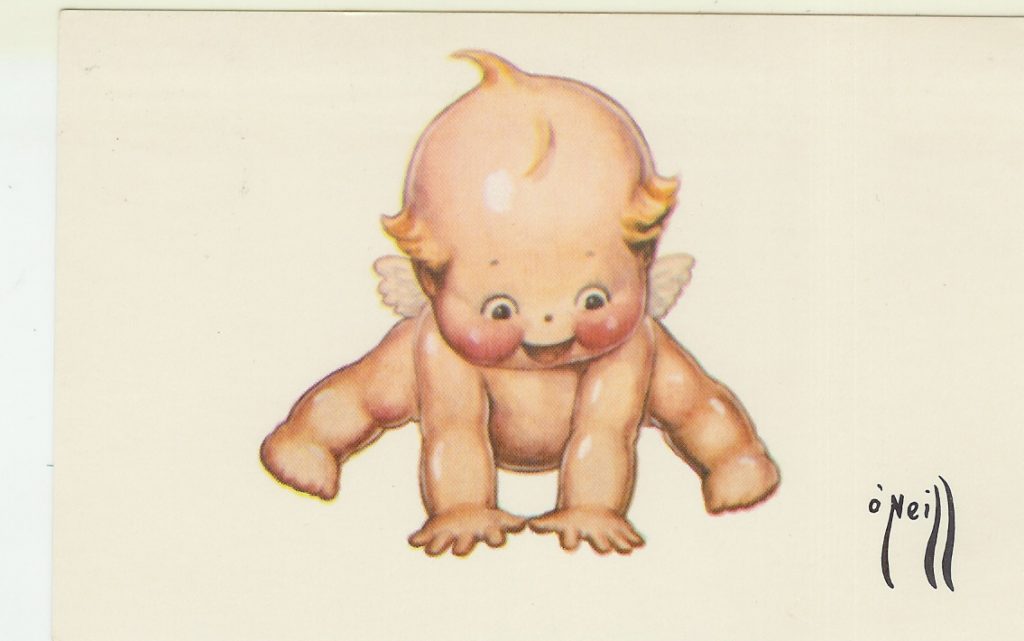
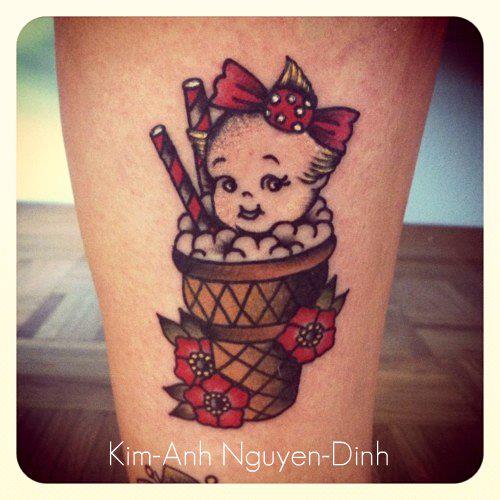
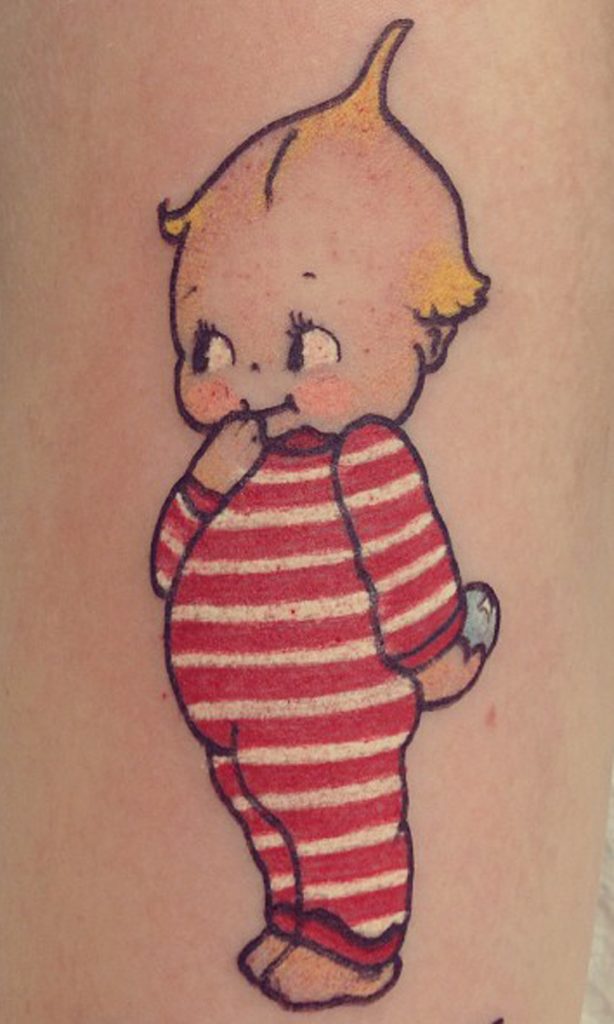
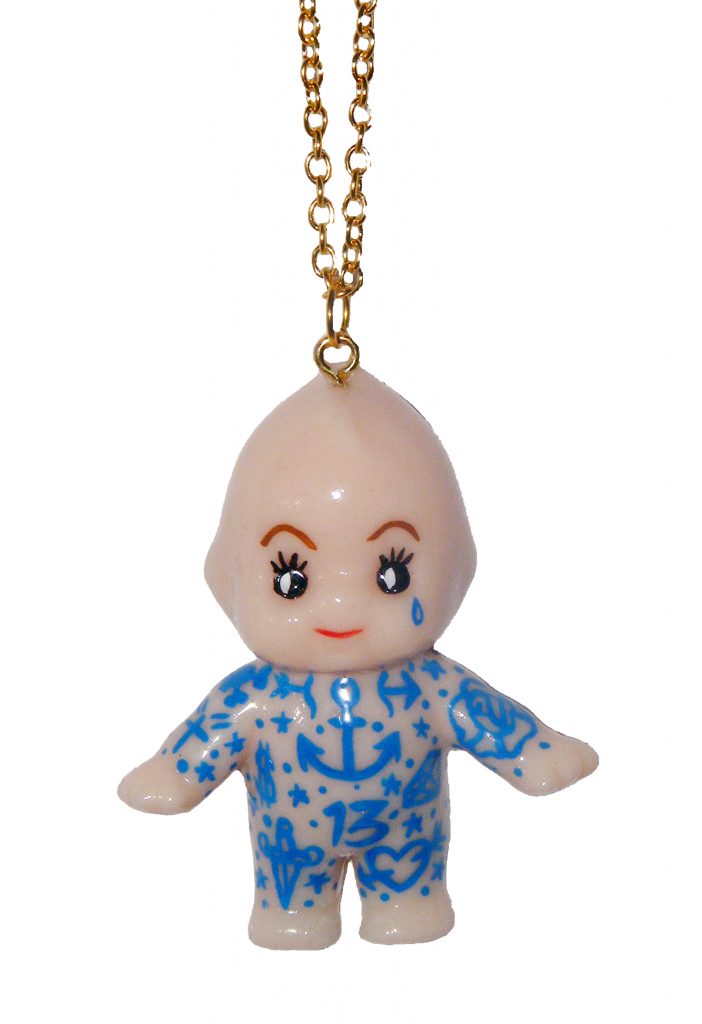
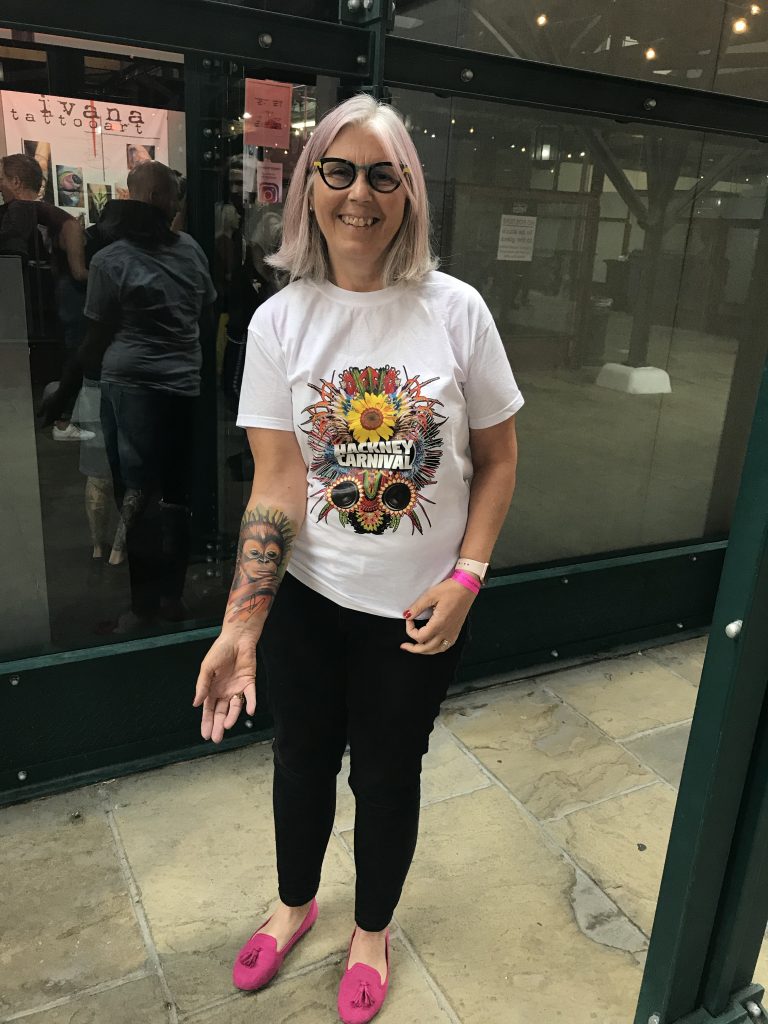
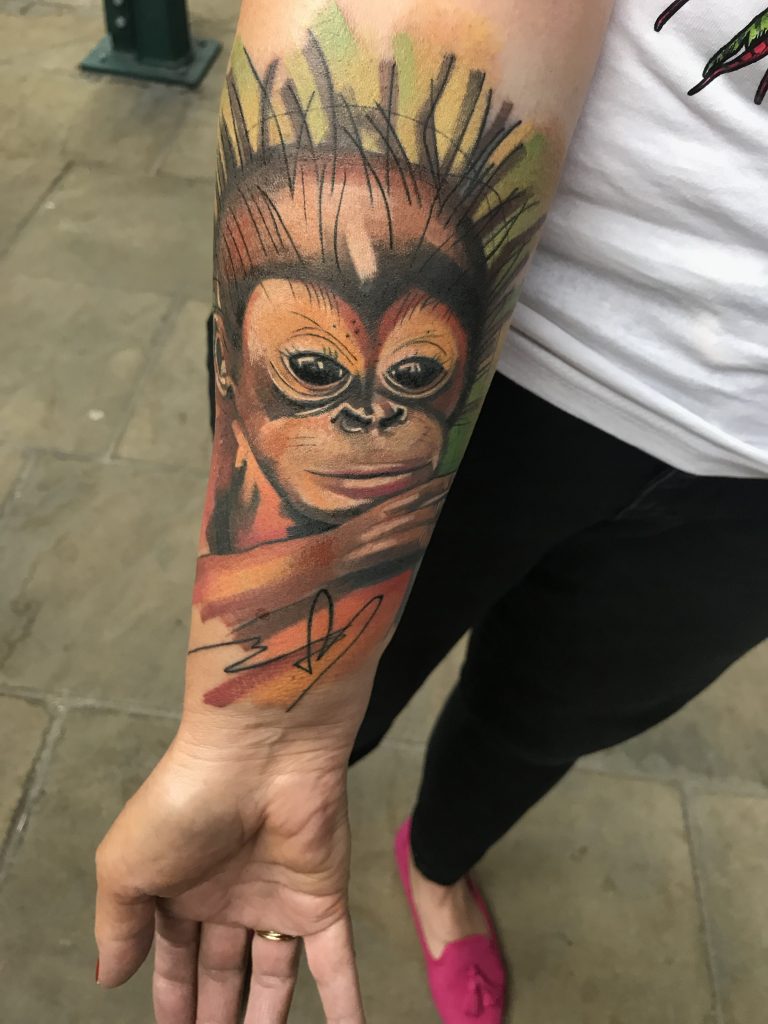
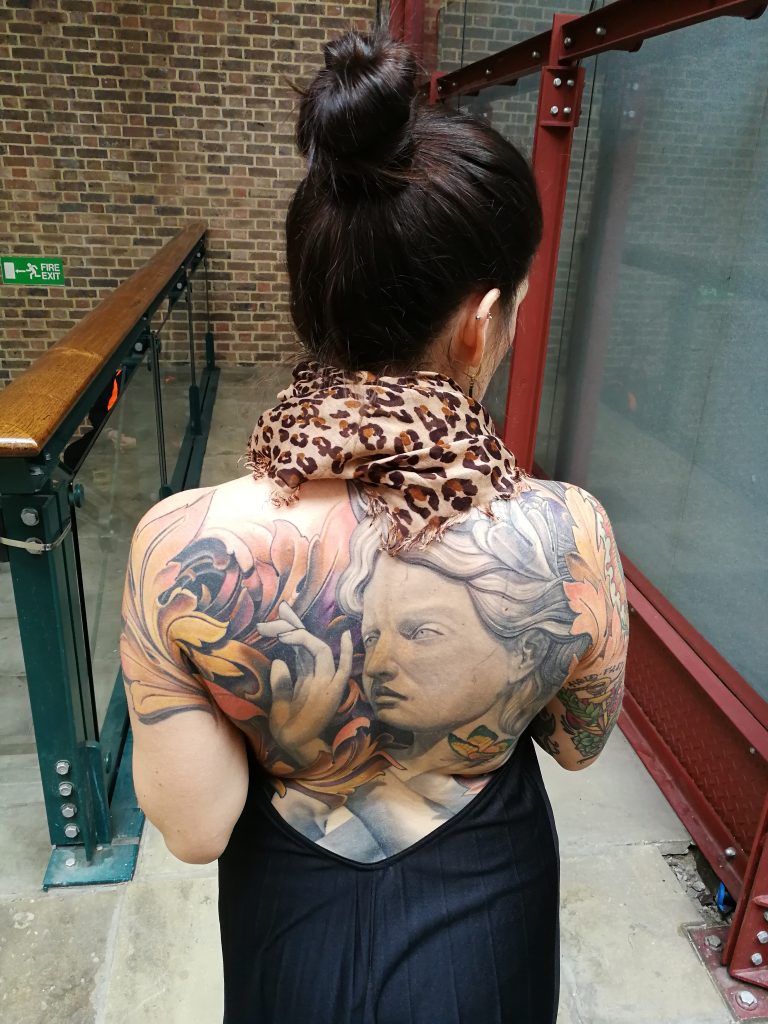
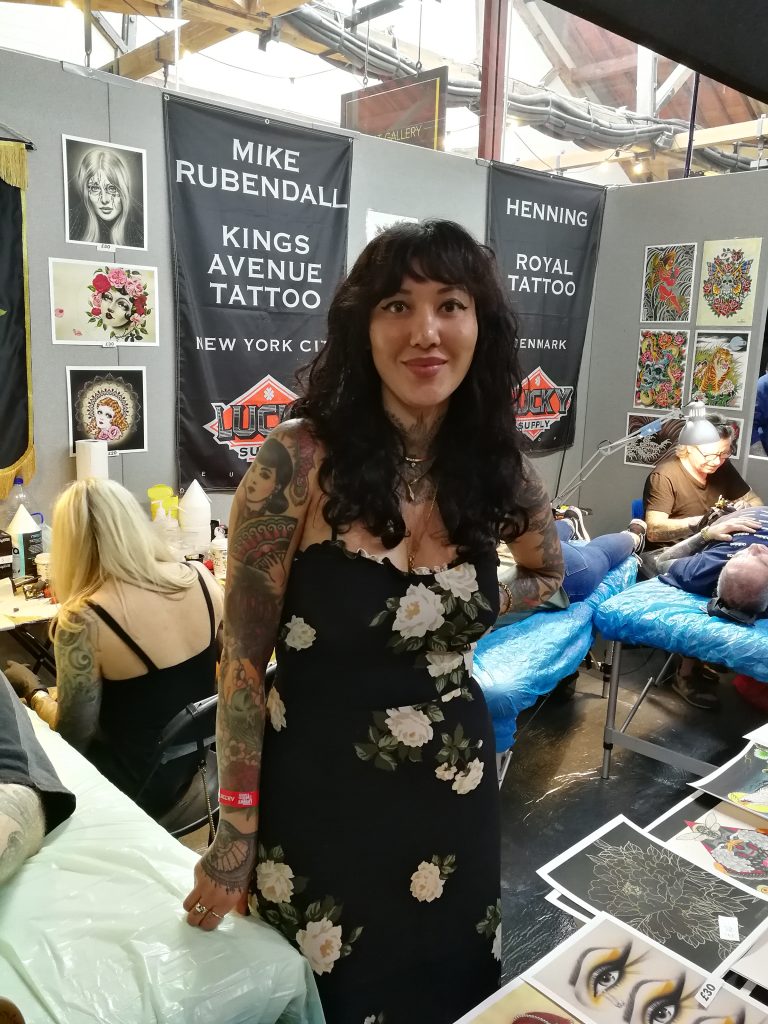
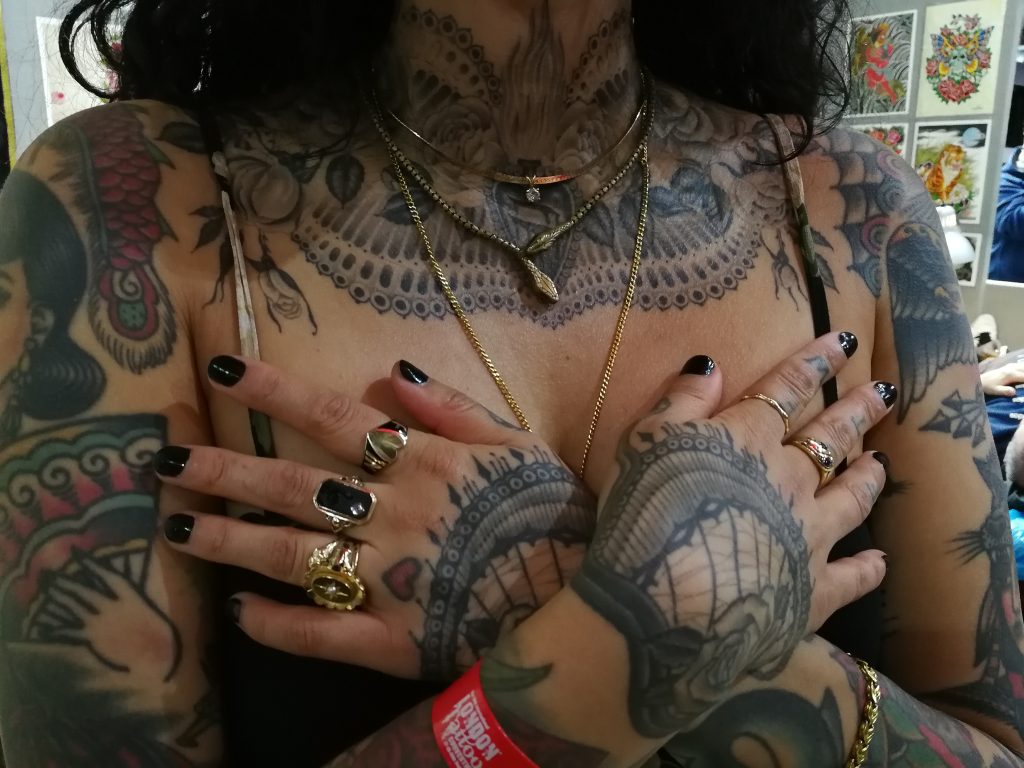
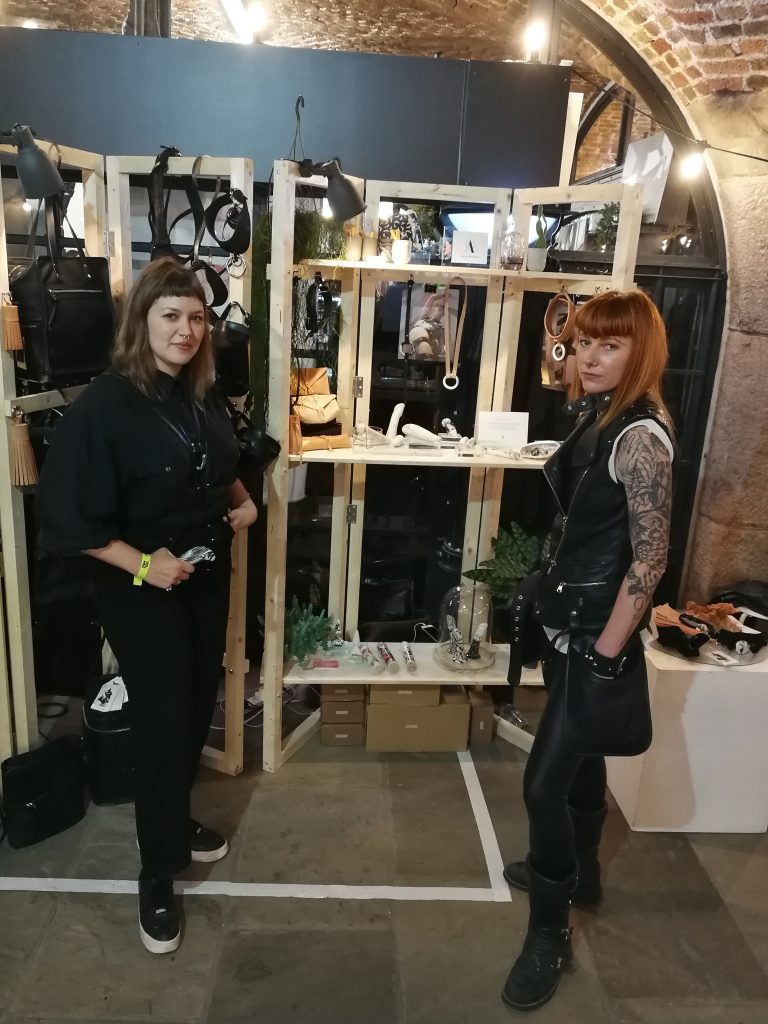
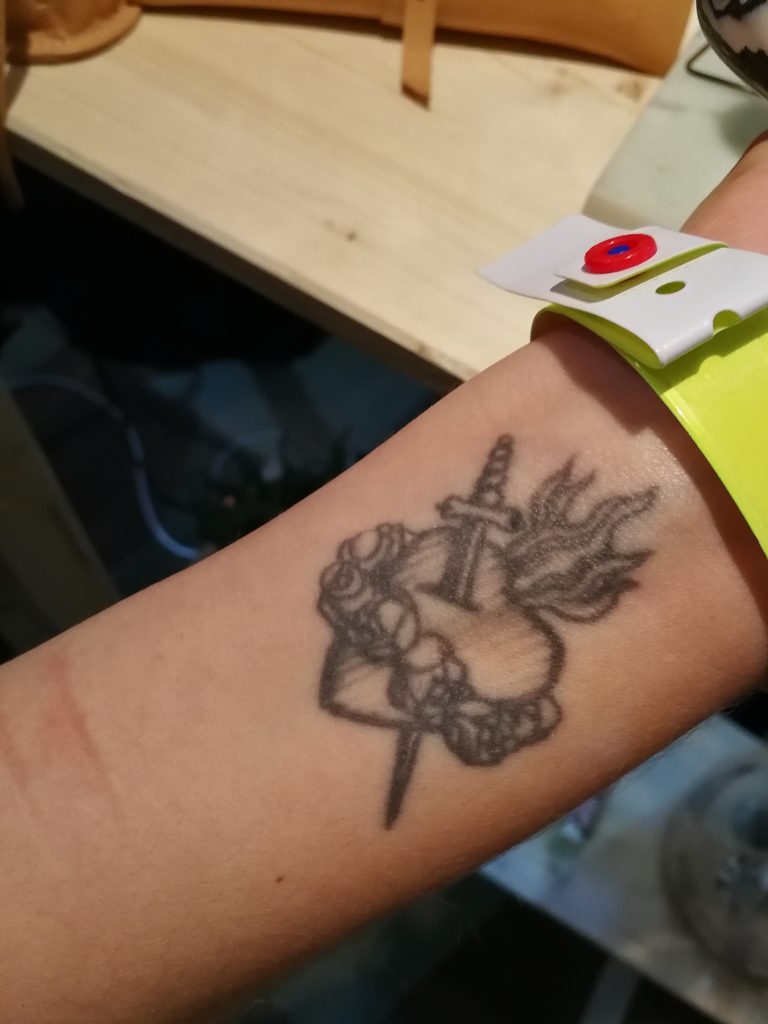
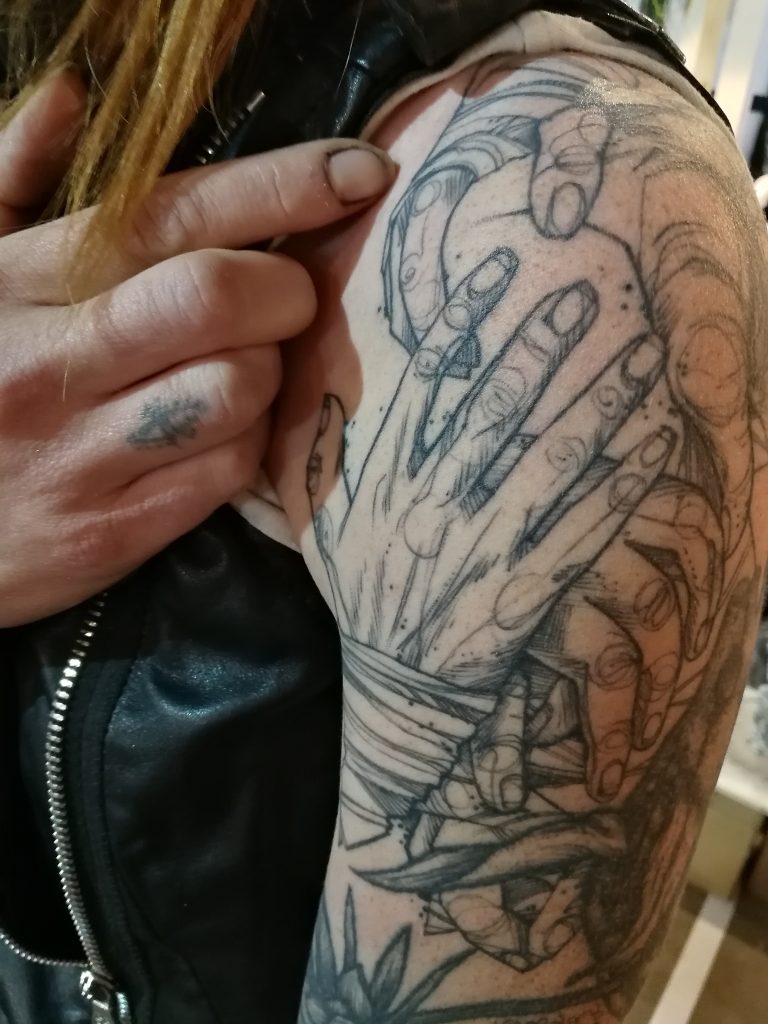




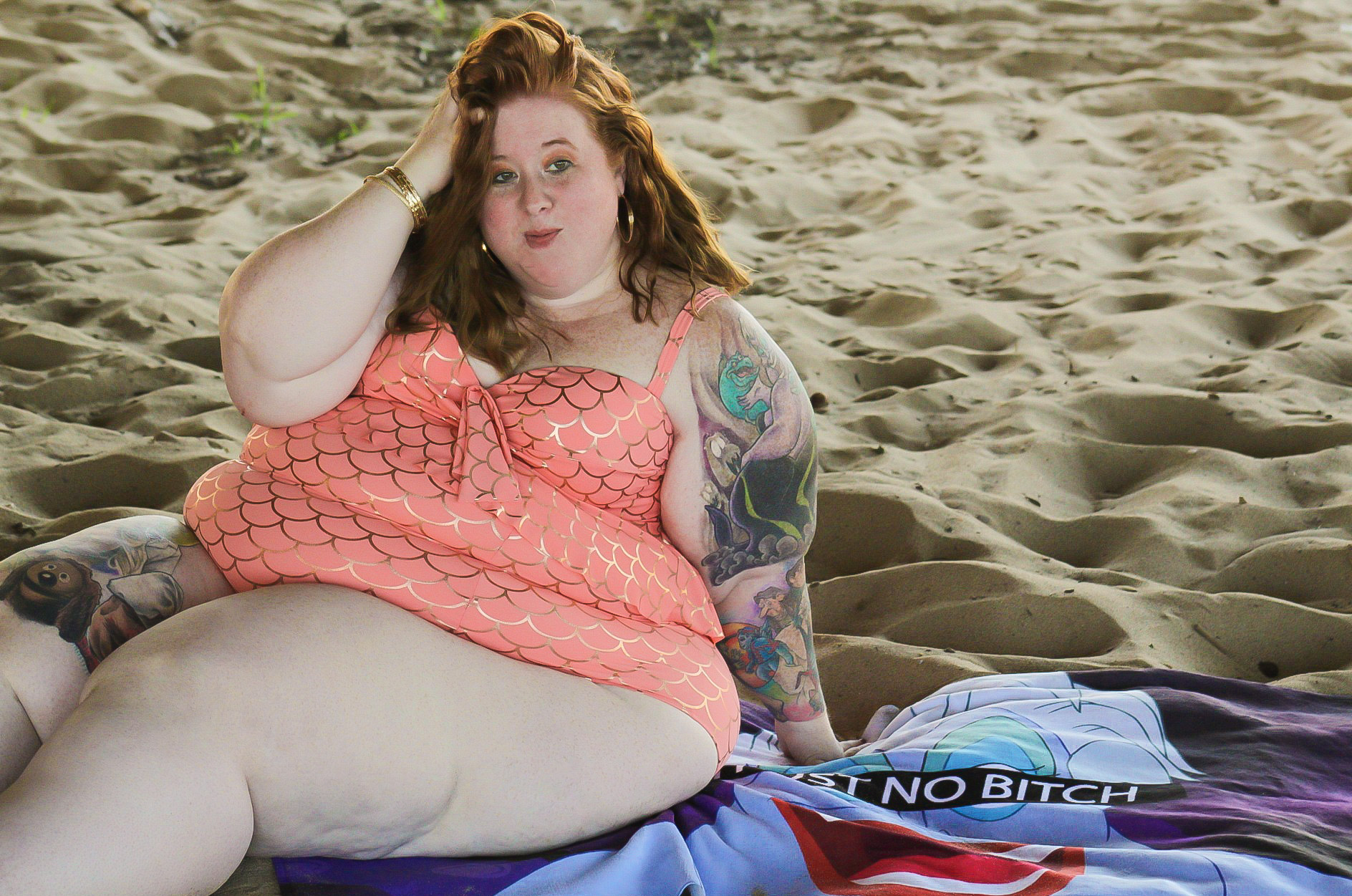
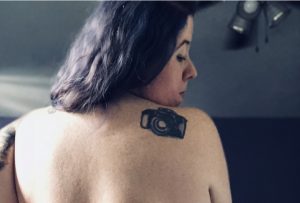 Tell us about your tattoo collection. When was your first? My first tattoo was a tiny roll of film on my left shoulder, it was done by Tyree Patrick of
Tell us about your tattoo collection. When was your first? My first tattoo was a tiny roll of film on my left shoulder, it was done by Tyree Patrick of 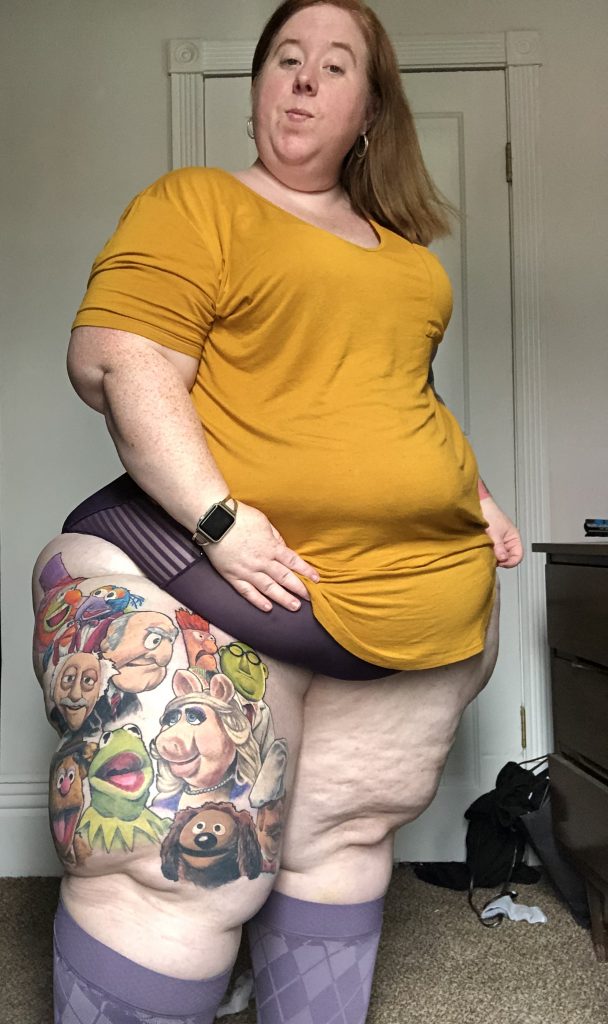
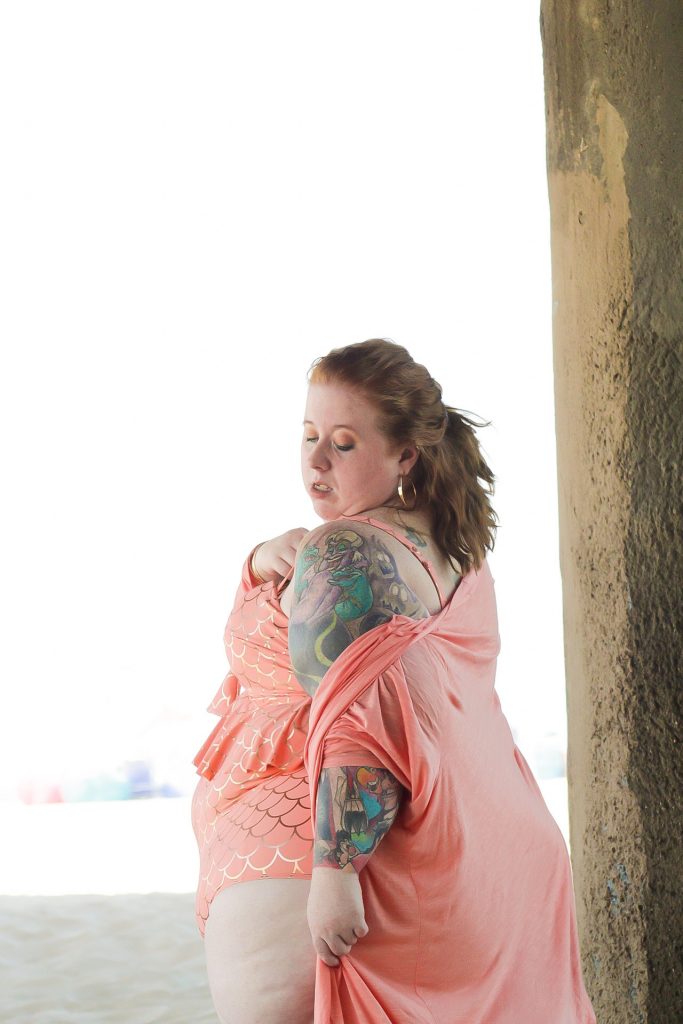
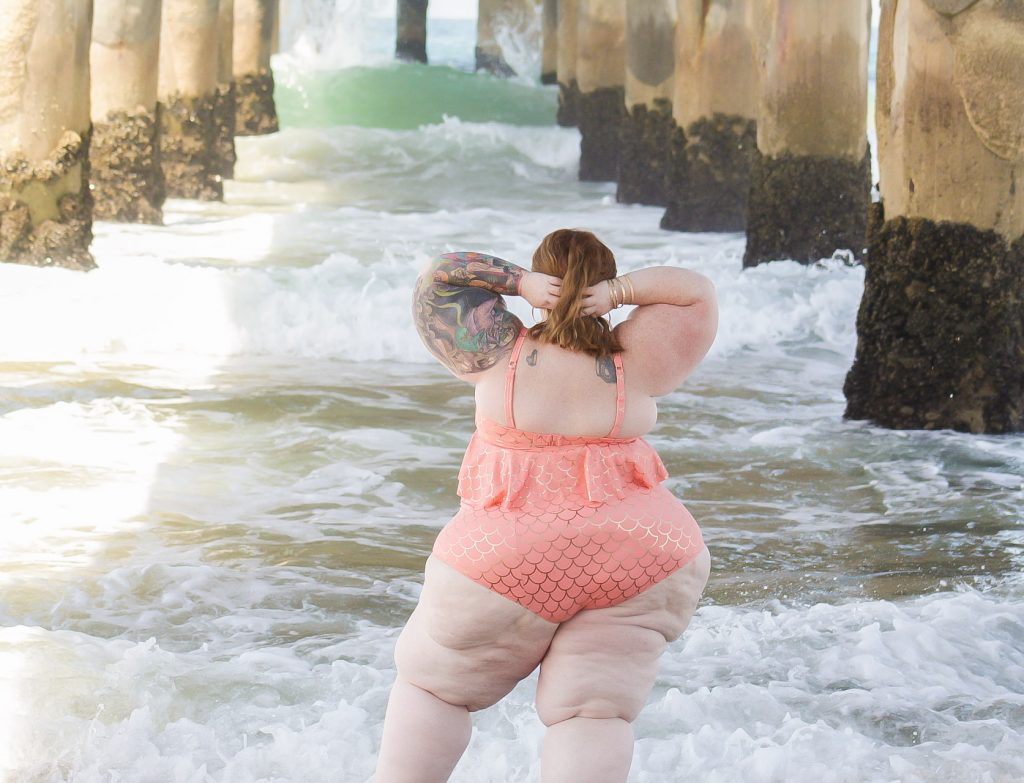
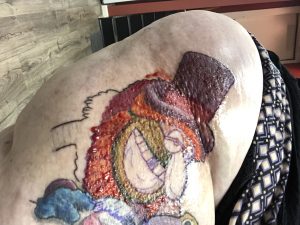 piece, I reached out to some specialists in lipedema asking about tattoos. They had no real information or studies on it. Basically, the replies back were: “Not really sure, but if you go through with it, update us afterwards.” It wasn’t until mid-summer last year that I realised I had already tattooed on lipedema damaged area with Ursula. It made a lot more sense looking back at how Ursula was harder to heal and seemed to be “too wet.” My thigh has been really tender during the actual tattooing. My skin puffs and pinks up in the lipedema areas pretty quickly and makes it more difficult for Ty to see the saturation of the ink. It also seeps lymph fluid, which can be annoying.
piece, I reached out to some specialists in lipedema asking about tattoos. They had no real information or studies on it. Basically, the replies back were: “Not really sure, but if you go through with it, update us afterwards.” It wasn’t until mid-summer last year that I realised I had already tattooed on lipedema damaged area with Ursula. It made a lot more sense looking back at how Ursula was harder to heal and seemed to be “too wet.” My thigh has been really tender during the actual tattooing. My skin puffs and pinks up in the lipedema areas pretty quickly and makes it more difficult for Ty to see the saturation of the ink. It also seeps lymph fluid, which can be annoying. 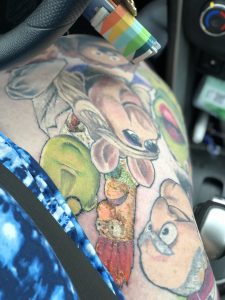 Healing the thigh has been interesting. There is a very fine line of just enough ointment to keep it from being dry and cracking and too much that keeps it too wet that doesn’t allow it to scab over. The lymph fluid can cause some deep scabs which are really painful and sore. Ursula and The Muppets have been harder to heal than any of my other tattoos but not bad enough that it keeps me from completing my vision.
Healing the thigh has been interesting. There is a very fine line of just enough ointment to keep it from being dry and cracking and too much that keeps it too wet that doesn’t allow it to scab over. The lymph fluid can cause some deep scabs which are really painful and sore. Ursula and The Muppets have been harder to heal than any of my other tattoos but not bad enough that it keeps me from completing my vision.